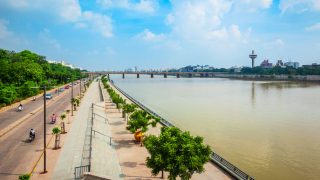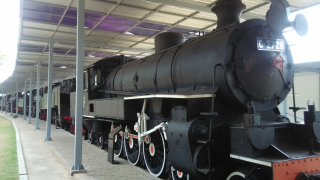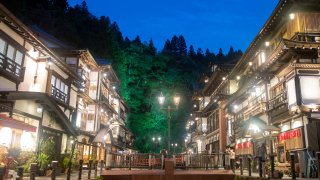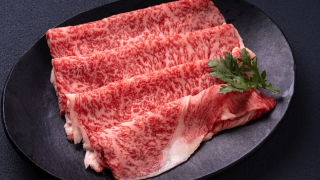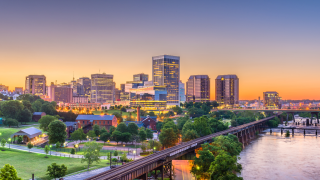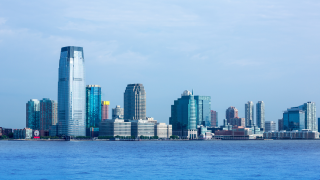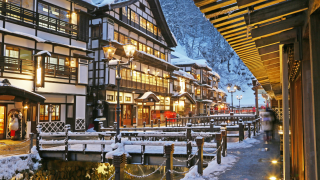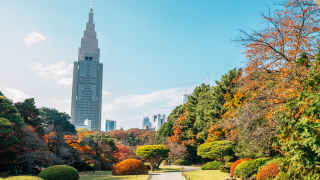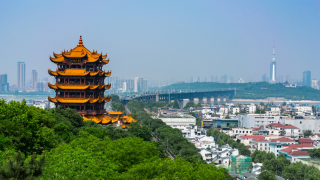 LOANWORD
LOANWORD What Image Do Japanese People Have of Wuhan? Organizing Both Positive and Negative Perspectives
For Japanese people, Wuhan is a city with many faces: a revolutionary stage, a cultural treasure, and a hub of economy and sports. This article introduces these images in detail from the perspectives of history, culture, economy, sports, and modern life, summarizing them in a way that foreigners can easily understand.

